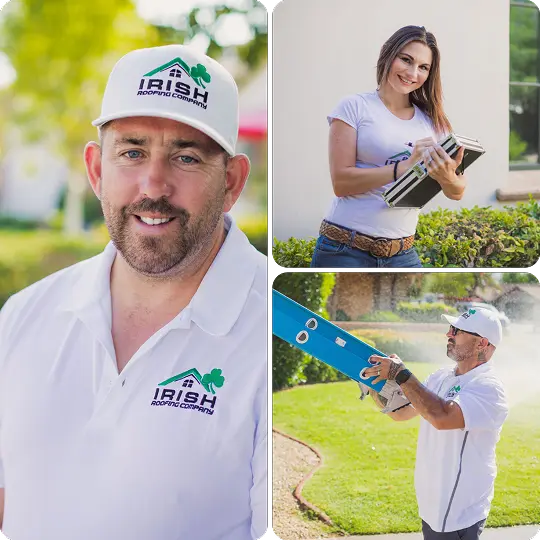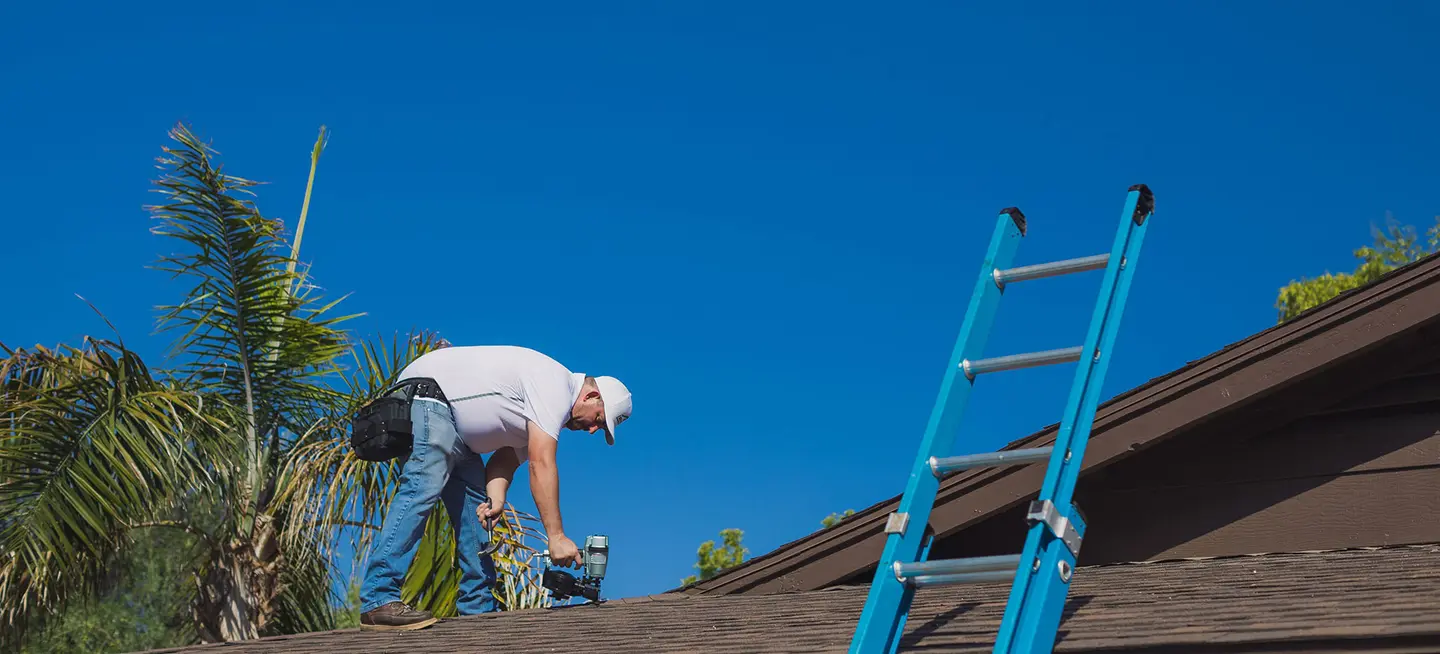TPO Roof Installation in Scottsdale
The fast, easy, and innovative installation process represents one of the most significant advantages of TPO roofing.
Before starting the process, the contractor typically removes the existing roof. Alternatively, the roof can be cleaned and prepared since a TPO membrane can be installed on top of existing roofs, provided they are in good condition.
After prepping the roof, the contractor adds insulation to the roof surface. Insulation allows TPO roofing systems to have higher thermal resistance or R-value. The exact R-value of a TPO roof depends on the insulation type that the home or business owners choose.
If they choose a less strong insulation material, contractors must add a cover board before installing the TPO membrane. A cover board is a thin yet sturdy substrate that will protect the insulation layer from hail, wind, or fire damage.
The final step includes securing the TPO membrane to the roof or the cover board. Contractors can secure the membrane in two ways: with mechanical fasteners like screws and plates or with a bonding adhesive. Finally, the contractor uses a hot-air gun to heat the seams and weld them together, creating a watertight roofing membrane.
The installation process’s length depends on the surface area’s size, the roof’s complexity, and the number of penetrations such as vents, pipes, and chimneys.



